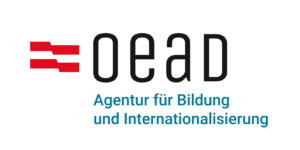The Avatar, also called the AV1 Avatar, is a telepresence robot designed to help children and young adults with long-term illness reconnect with school and their social lives. It acts as their eyes, ears and voice, representing them wherever they cannot physically be because they are in the hospital or at home.

The capabilitys, of the avatar enable children and young people to re-enter the social life together.
Speaking
___
Listening
___
Turning
___
Emotions
___
Point
___
Around 190,000 children in Austria suffer from a chronic illness and around nine percent of them cannot attend school frequently due to medical treatment or hospitalization. This can lead to social, emotional and academic problems. The Be PART of it! project seeks to explore these circumstances and counteract them with the help of the Avatar AV1 telepresence system. The Avatar is a robot present in the
classroom on behalf of children and adolescents with chronic illnesses, enabling them to participate in class and school life.
The essential factor in the Be PART of it! project is the PARTicipative approach, which enables children and adolescents with and without chronic illnesses to play a decisive role in shaping the scientific process. Children and adolescents without a disease act as co-researchers, and children with a chronic disease as patient advisors. For this purpose, they are equipped with scientific competencies and are thus actively involved in the research process. Instead of doing research on students, research is done WITH them. In addition, an interdisciplinary project team, the parents of the affected children and teachers are actively involved.
For this participatory research, we are focusing on the impact of the Avatar AV1 on the social inclusion, self-esteem, quality of life, sense of belonging and participation of children and adolescents with chronic disease. Finally, the findings will be used to develop materials and concepts that can be used beyond the research project.
The project is funded within the framework of the Sparkling Science 2.0 research funding programme:

